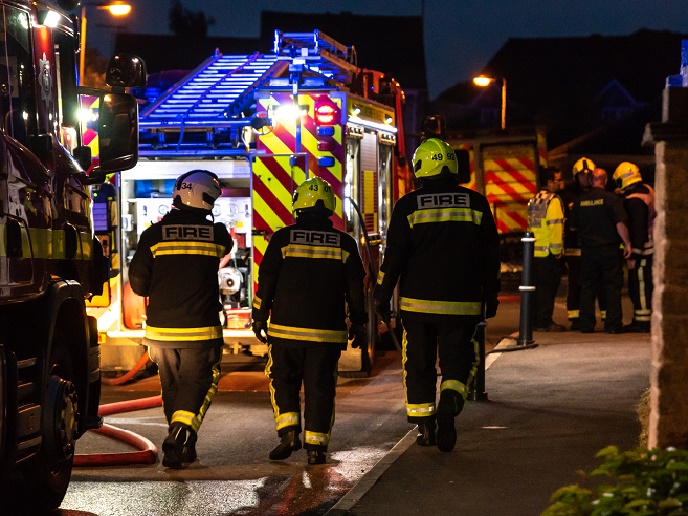Disaster response boosted by high-tech solutions
A key role of first responders is to attend to emergency or disaster scenes as quickly as possible. Those answering the call of duty might include highly trained firefighters, law enforcement officers, civil protection authorities or emergency medical staff. “Due to the nature of their work, first responders often operate in risky and hazardous conditions,” explains FASTER project coordinator Petros Daras from the Centre for Research and Technology-Hellas in Greece. “They could be facing natural disasters such as wildfires, earthquakes or floods, or human-related accidents.” In such chaotic environments, communication among first responders is critical. Nonetheless, this can be obstructed by broken, overloaded or non-existent network infrastructure. A lack of coordination can be critical in matters of life and death, where resources might be scarce and time is of the essence.
Ensuring operational efficiency
The FASTER project sought to better protect first responders and enable them to do their job more effectively by addressing such communication challenges. To achieve this, the project introduced new technologies into well-established procedures. “Our aim was to give first responders better situational awareness both indoors and outdoors, enhanced operational capabilities both physically and remotely, and to protect them against possible threats,” says Daras. “Special attention was paid to ensuring the applicability of our solutions in harsh conditions, and where there might be a lack of communication infrastructure.”
Protecting first responders
The project team followed a work plan whereby requirements were first discussed with end users. This was followed by an implementation and piloting phase. Proposed solutions were then adjusted according to user feedback. Despite COVID-19 restrictions, the project team was able to organise 13 demonstrators and pilots across nine countries. This led to the identification of a number of effective solutions. First, a secure internet of things platform was developed for the gathering and processing of real-time data in an emergency situation. This data was gathered by first responders wearing smart textiles and sensors, and via social media. A similar platform was built to analyse data collected by autonomous vehicles, sent in to inspect the safety of a given disaster zone. Other tech-based solutions included augmented reality for enhanced information streaming, as well as immersive solutions for navigation and communication. Wearable technologies were also used to carry out health assessments and to localise first responders in challenging situations.
Saving lives
The FASTER team is confident that the solutions developed through this project will help first responders to maintain critical communication, visualise a disaster situation better and stay safe. “We think that the results of this project are the first decisive step towards creating reliable tools that can be integrated into established processes,” adds deputy project coordinator Anastasios Dimou. The next steps include assessing the technological maturity of each proposed solution, in order to bring the innovations to market in an efficient manner. “A Memorandum of Understanding has been signed to facilitate collaborations, and a patent already filed during the project,” notes Dimou. “One tool has already been deployed and is currently being tested by first responders in real-life operations.” For Dimou and his colleagues, acceptance of FASTER tools by the first responder community would be the ultimate legacy for the project. “Acknowledging that the project has contributed to saving even a single life would make the effort we’ve spent worth it,” he says.
Keywords
FASTER, disaster, firefighters, medical, emergency, law, communication



